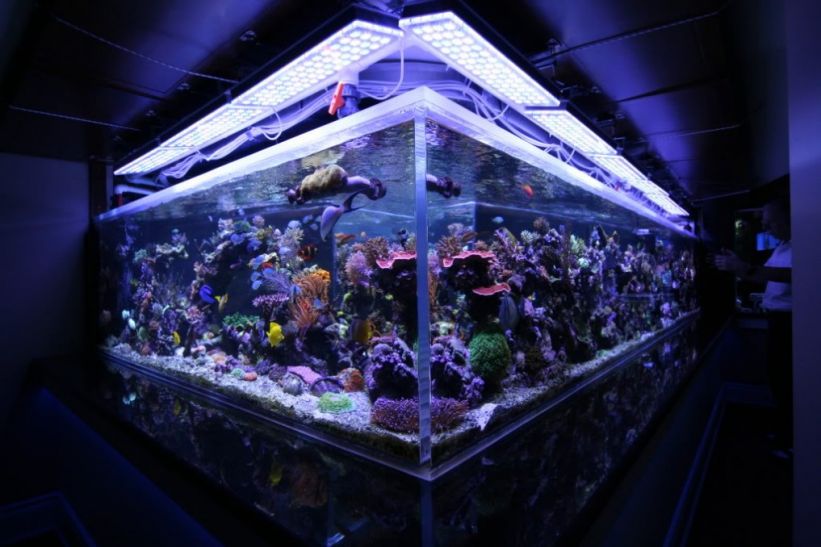We’ve preached all about Tridacnid clam placement in the aquarium, highlighting how the placement varies from species to species thanks to the clam’s morphology, natural habitat, and other requirements. While we strive to provide the proper location and substrate for our clams, in reality, it all boils down to the individual clam’s preferences. Like anemones, clams are somewhat mobile, and after you’ve placed them in what you think is an ideal spot, they can wander around until they find the real spot they like. By using their byssal foot, the clams can turn various directions, right themselves after tipping over, and even travel through the sand a few inches one way or another. They aren’t quite as mobile as an anemone, which can travel all over the aquarium and even up glass, but they can get too close to stinging corals or in other predicaments. So, moral of the story, put the clam in a spot you think it will like, then monitor it to make sure the clam won’t get itself into trouble.
Tip of the Day – 4/14/2014
0
Share.





